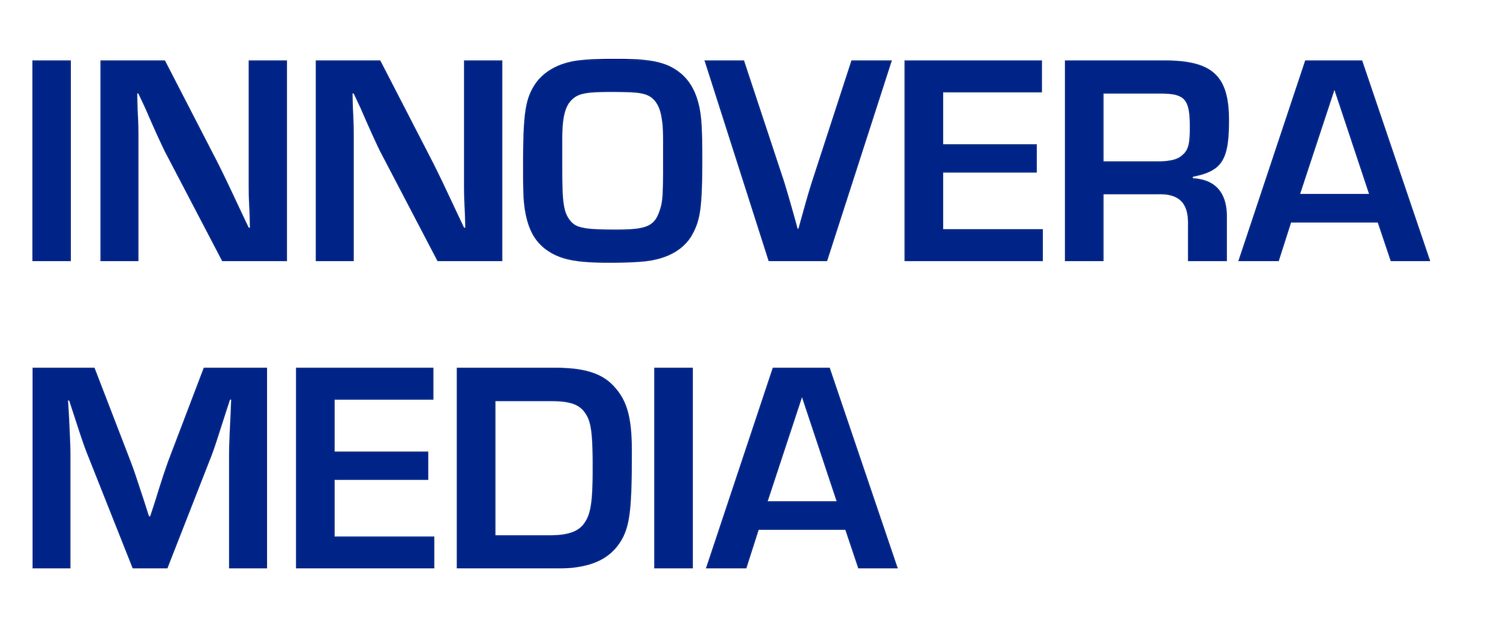Understanding Copyright and Intellectual Property in Creative Services: What Clients and Creators Need to Know
Disclaimer: This article is based on the author’s experience and understanding. It does not constitute legal advice.
In the creative industry, copyright and intellectual property (IP) rights are crucial aspects of the client-creator relationship. Whether you’re a client commissioning work or a creator delivering services, understanding how IP works ensures that everyone is on the same page, avoiding potential disputes and misunderstandings down the line.
In this post, we'll explain how copyright works in Australia, the rights creators hold, and how clients can use commissioned content. This guide is designed for both clients and creators, helping clarify common practices in the creative industry.
Who Owns the Copyright?
When a content creator, such as a photographer, videographer, or designer, produces content, they automatically own the copyright to that work under Australian law (Copyright Act 1968). This means that the creator holds the exclusive rights to reproduce, distribute, and display the content unless otherwise agreed in writing.
For clients, this can sometimes be confusing—especially if they’ve paid for the work. However, payment does not automatically transfer copyright. Unless the contract specifies otherwise, copyright remains with the creator. For example, when you go to a restaurant and order a meal, you are provided with a copy of the meal, but you do not own the design of the dish.
For non-private, non-domestic work, such as commercial or corporate projects, creators retain copyright unless both parties agree in writing to transfer ownership. This means that the creator can use the work for their own marketing and promotional purposes unless the client requests exclusivity.
When Does the Client Own the Copyright?
In some cases, such as private or domestic use—think family portraits or wedding photos—the copyright may be transferred to the client. This means that the client becomes the first owner of the copyright. Creators may offer this option for private clients who want full control over how their content is used; however, this is done via special agreements, and additional fees are typically involved.
Even when copyright is transferred to the client, most creators will request a licence to use the content for promotional purposes, such as showcasing their work on their website, social media, or in creative competitions. This licence is usually unlimited, royalty-free, and perpetual, allowing creators to use the content without needing further permission from the client.
What Is a Licence to Use?
When copyright stays with the creator, clients are typically granted a licence to use the content for the purpose it was commissioned for. For instance, if a business commissions a set of product photos for a website or marketing campaign, they’re given the rights to use those photos on the website or for a specific marketing campaign over a specific period of time. The client can’t necessarily sell the content to a third party or use it for any other purpose without permission from the creator.
A typical licence for private and domestic work is non-exclusive (meaning the creator can use the content too), royalty-free (no additional payment beyond the initial service fee), and perpetual (the client can use it indefinitely). The licence ensures the client can use the content as needed while still respecting the creator's rights to use their own work.
A typical licence for a commercial project is often limited (meaning the client can use the content, and the creator can use the content under specific conditions), royalty-specific (royalties may apply if the content is used for purposes beyond those agreed upon, e.g. social media content used for regional TV advertising), and time-bound (the client can use it for a specific period). The licence ensures the client can use the content as specified in the project brief while still respecting the creator's rights.
For some materials—like templates, files, or data that a creator developed before starting the commissioned work—creators usually retain full ownership. However, clients may receive a licence to use these materials as part of the project.
Third-Party Usage: What You Need to Know
It’s common for multiple parties to be involved in a creative project, such as makeup artists, hairstylists, or venue operators. However, these third parties don’t automatically have the right to use the content produced during the project.
Clients should inform any third parties involved that they need permission from the content creator before using the work for their own purposes. This helps avoid copyright infringement and ensures that all parties respect the creator’s intellectual property rights.
Further Reading
How Does Copyright Protection Work in Australia? | LegalVision

